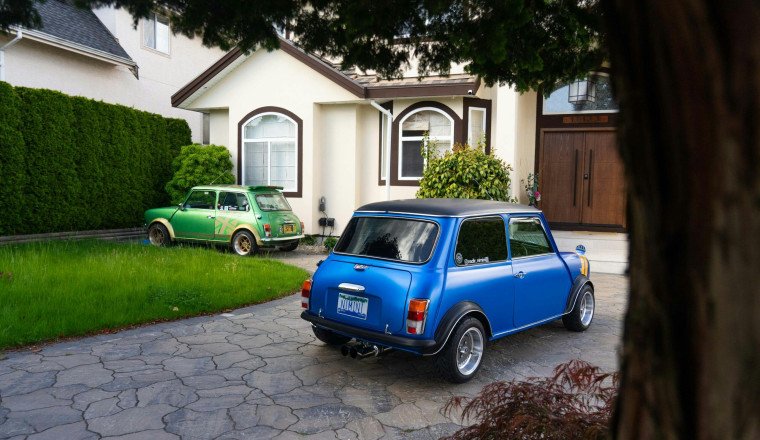
Nadir Ibadullah has a small problem. Specifically, a Mini problem. He has Mini models in his living room, a basement full of dozens and dozens of Mini die-casts and Hot Wheels, a custom-made Mini ice chest at the foot of the stairs, and out behind his house, some fifteen original Minis. Make that sixteen, as there’s another one parked around the front.
Collectors of classic motorcycles might recognize this problem: given a space that might only hold one or two full-size vintage cars, being interested in something that requires a little less real estate means that you simply acquire more of them. Ibadullah’s collection isn’t housed in a hangar or a purpose-built shed, but sits cheek-by-jowl in a home garage and carport. A further room is chock-full of Mini parts he’s collected over the years.
“I never sell them, never sell any Minis or parts,” he says, beaming with enthusiasm for this little British icon. “I just want to share my passion for Mini with my friends, and with everyone.”
While one of the Minis, a Mk II, is currently a partially completed project awaiting mechanical assembly, all of the other Minis are fully operational, and they are used frequently. Ibadullah does enjoy keeping the cars around to look at whenever he wants, rather than at a storage facility, but he frequently calls on friends and members of the local Mini club to convoy cars out to various car shows. One year, he brought ten of them to the All-British Field Meet held in Vancouver’s Van Dusen Gardens. Another year, he brought fourteen of them.
This obsession for all things Mini-related began in Ibadullah’s birthplace of Pakistan, with a favorite uncle’s yellow 1960s Mini. Then, as now, an older Mini was a pretty unusual car around Karachi. The most popular cars in Pakistan are small Suzukis or perhaps the Toyota Corolla, and the most obvious presentations of car culture seen in traffic are highly decorated buses and transport trucks. Maintaining a Mini was going to be a challenge, and Ibadullah didn’t even have his driver’s license yet. This didn’t stop him from eventually convincing his father to buy the little yellow Mini for him.
Later, during college, Ibadullah owned several Minis, though he notes having to use Mitsubishi and Honda parts to keep them running since it was very hard to source many original items. He put one of his last ones in storage when he moved to Canada, always intending to bring it over, but as it was parked in an area not far from the Arabian Sea, the salt air started its corrosive work. Reluctantly, he sent his family instructions to sell it. He regretted that decision and later asked them to try to find it again, but when it did turn up, it was only a battered shell.
This loss seems to have had a profound emotional effect. When he again began collecting Minis, Ibadullah was determined he would never again let one go.
His collection very nearly has one of every Mini flavor that exists. Built between 1959 and 2000, the original Mini has one of the longest production runs of any vehicle, and there were innumerable special editions over the years. Happily, the relative proximity of the Japanese market to Canada’s west coast means that sourcing parts and cars from Japan isn’t all that difficult. Mini culture in Japan is extremely well-established, and the brand was the best-selling import into that country for years. There are plenty of specialist shops, surviving cars often don’t see regular mileage, and Japan’s strict shaken yearly inspections make for a steady stream of JDM Mini imports into British Columbia.
Ibadullah has several Japanese-market Minis, but also a yellow Moke that’s originally from Australia, and a few North-American-spec cars too. He’s got a blue and silver final edition 2000 Mini that makes up one bookend of the collection, and is currently on the hunt for a 1959 Mk 1 so that he has both ends of the spectrum. He owns three pickup truck variants, fairly rare special editions such as a 1998 Mini Balmoral with wood trim and a quilted headliner, and a recently acquired Cooper Mk II that’s going to be restored to original condition.
After his early years mending and making do with Japanese parts, Ibadullah tries to aim for originality in his cars. But he’s not a purist, and many of these Minis are modified. Hilariously, the fastest car here is a 1962 Traveller, the wood-framed Mini station wagon variant, which has a built and bored-out engine complete with fuel injection.
But he also has at least one Mini with an automatic transmission, specifically so younger Mini enthusiasts who haven’t mastered the stick shift yet have a chance to experience what makes these little cars so special. Part of the appeal of an original Mini is that it is several different cars in one: It’s friendly and approachable and practical, with a happy face that almost anyone would find familiar. It’s also an unlikely performance icon, with a large aftermarket to support turning it into a deranged Yorkshire Terrier of a car. Or it can be a pickup truck or, in the case of the Moke, serve as a tiny Jeep-like light off-roader.
Generous to a fault, Ibadullah of course can’t let me leave without insisting I take a quick spin in one of his hot-rodded Minis. We hop into a right-hand-drive version, fitted with heavily bolstered Bride seats, a smattering of carbon-fiber accents, and a twin-carbureted 1380-cc big-bore engine with a hot cam under its hood. It’s as quick as you might expect, with a snarl that belies its happy little front end.
It wears the plate NIMINI, as that’s what Ibadullah has dubbed his collection of little cars (Nadir Ibadullah Mini). They appear at shows, driven in convoy by his friends and fellow Mini fans. They delight the neighbors and anyone who sees them. As an unofficial ambassador of enthusiasm for all things Mini-related, Nadir Ibadullah has his hands full. But you know he wouldn’t want it any other way.







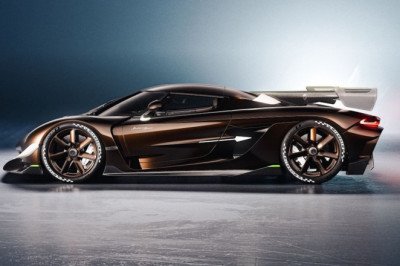
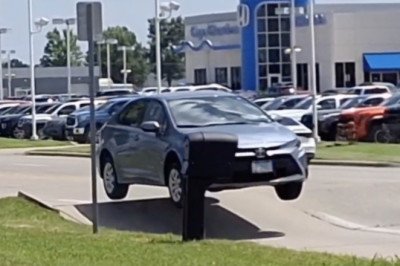
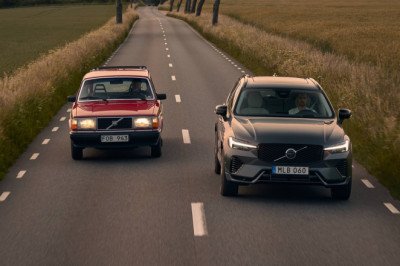
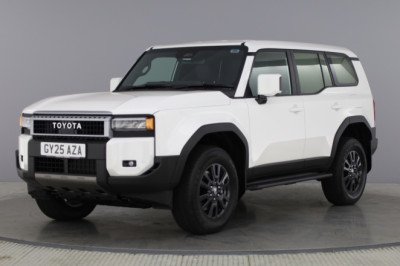
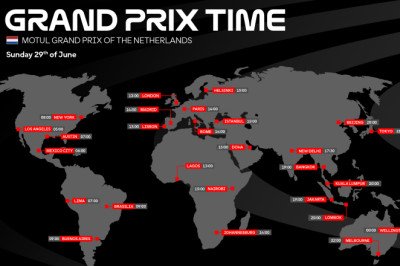
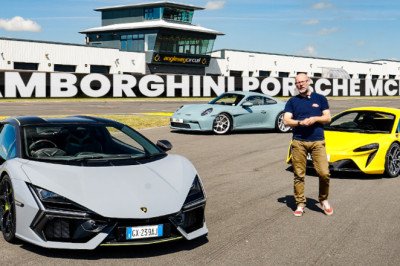
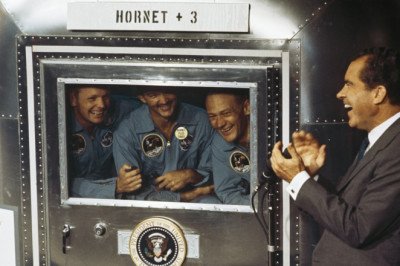
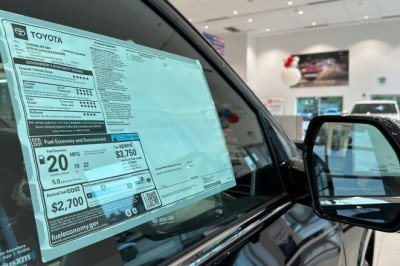
Facebook Conversations